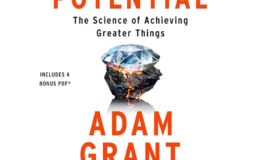The FDA announced plans for sunscreen guidelines in 1978. They published them in 1999 – a full 21 years later. This marks the first revision to those guidelines now 12 years later. Interesting, considering the known public health and economic implications of ultraviolet A (UVA)and B (UVB) sunlight. Apparently, there has been much debate and knowledge deficit of the difference between UVA and UVB rays.
According to the Skin Cancer Foundation, UVA and UVB rays both “penetrate the atmosphere and play an important role in conditions such as premature skin aging, eye damage (including cataracts), and skin cancers. They also suppress the immune system, reducing your ability to fight off these and other maladies.” UVA rays are the primary rays for tanning (you know how I feel about tanning, right?), and they damage not only the epidermis but also the deeper basal cells; they penetrate clouds and glass and most of us have a lot of UVA exposure throughout our lifetimes. UVB rays, on the other hand, are the primary rays for sunburns, and they are highly destructive to the superficial skin layers; they do not penetrate glass, but they are most significant (in the U.S.) from 10AM to 4PM, April through October. Yes, that’s practically all day.
Make no mistake – both UVA and UVB rays cause skin cancers. So, we utilize methods – including sunblock – to protect our skin. Oops, it’s not “sunblock” anymore but rather “sunscreen,” as no lotion is guaranteed to actually block the sun. That’s where the FDA comes in. Companies can no longer use the star rating to rate the UVA coverage, which many consumers thought was confusing. In addition, the FDA now bans “waterproof” and “sweatproof,” which are false claims. I am sure we’ll see more “water-resistant” type language going forward. Lastly, the FDA proposes capping the SPF limit at 50 unless companies can substantiate their higher number SPF claims with actual research.
Even though it took a while – even in public health standards – the new guidelines are good news, for sure. Be sun-safe.






Article Comments